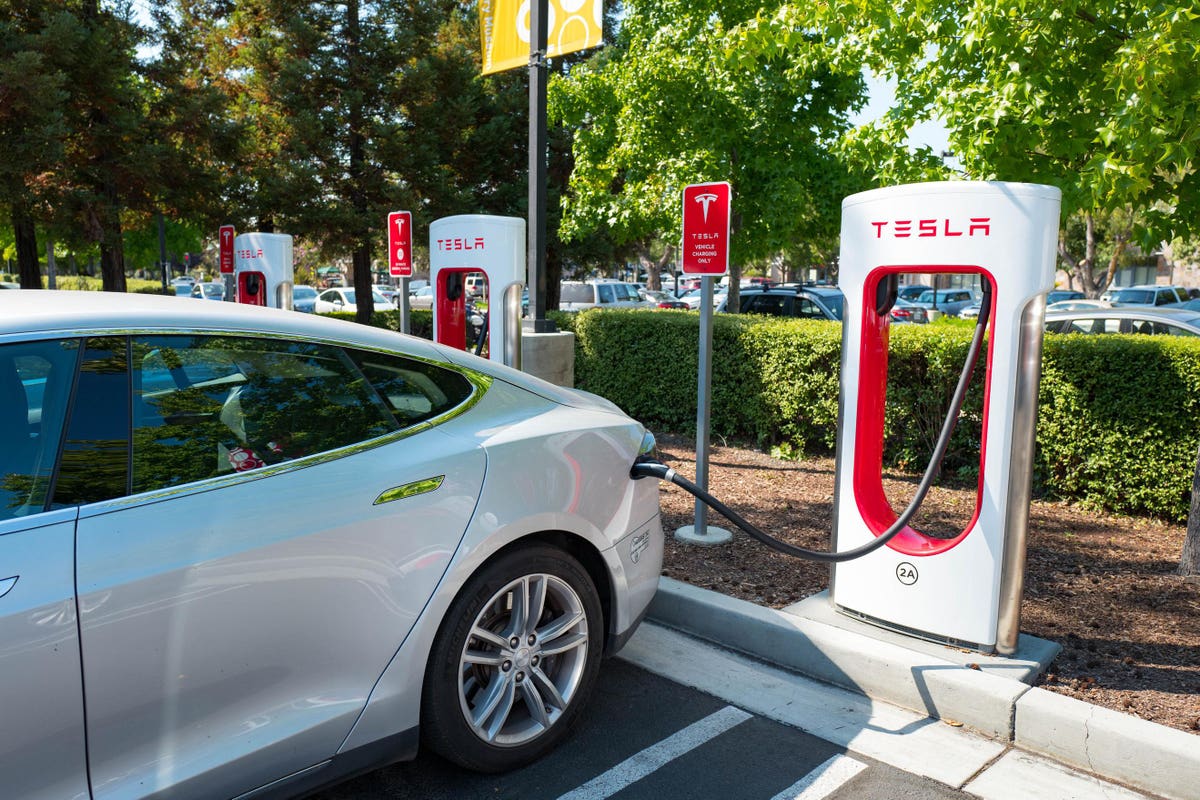Electric vehicle (EV) leader Tesla
TSLA
The Breakdown You Need To Know:
Conventional gas-powered vehicles produce the majority of their carbon emissions from their tailpipes. Electric vehicles like Tesla’s produce far lower volumes of CO2 emissions in the course of driving. Instead, their emissions from sources like cobalt come about deeper in their production and supply chains.
Elon Musk previously just told CultureBanx, “We use less than 3% cobalt in our batteries. Though he didn’t clarify the exact strategy for getting cobalt out of Tesla’s batteries altogether.
There is high demand for Africa’s cobalt as 71% of the world’s cobalt supply comes from Democratic Republic of Congo, according to a Global Cobalt Dining report. A Morgan Stanley
MS
Cobalt Culture:
The production of cobalt in the U.S. is pretty low at just 650 metric tons in 2022 and they are the world’s 12th-largest producer of cobalt, according to the U.S. Geological Survey. With 130,000 tonnes of cobalt produced in 2022, the Democratic Republic of the Congo was the world’s largest source of mined cobalt and it’s clear how important the region is for Tesla.
What makes cobalt so valuable to EVs? This is where it gets a bit technical. The cathodes in lithium-ion batteries typically used in EVs are made of metal oxides that contain a combination of cobalt and other elements. Cobalt allows the cathodes to focus immense power in a confined space. Simply put, without the element’s energy density batteries without cobalt tend to perform worse.
Situational Awareness:
As the EV sector attempts to move from niche market status to mainstream acceptance, cobalt demand is surging since it’s one of the main components in these car batteries. While Tesla’s report did not explicitly state plans to move away from cobalt, it at least acknowledged a need to include more emissions data across the board. “We recognize that we can no longer assume that a missing data point should equate to zero emissions,” according to Tesla’s report.
Read the full article here


